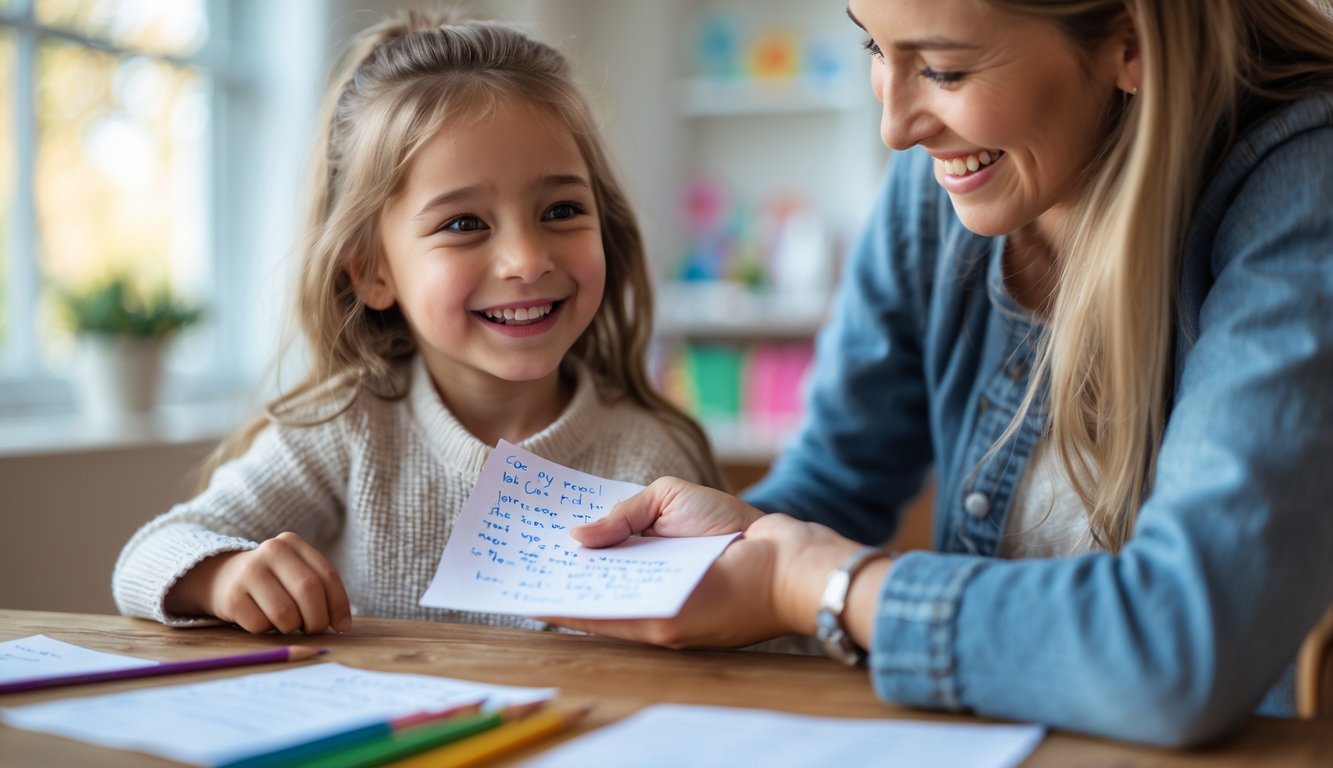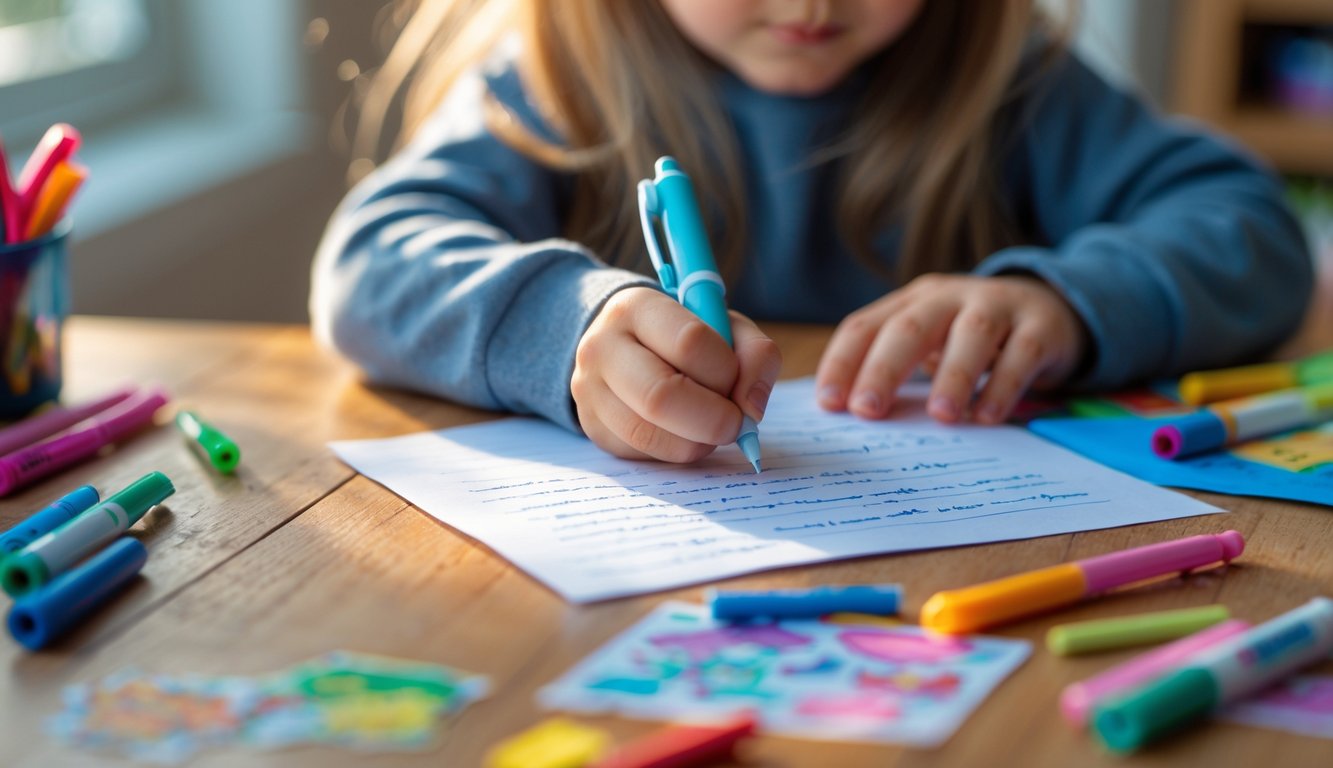
Creativity Unleashed: Writing By Hand

Half the time, I pick up a pen and forget what I was about to write. Still, somehow, the act of scribbling sparks ideas way faster than staring at a blank Google Doc. I’ve watched my own kids—and, okay, my students—get weirdly creative once they start doodling in the margins. Typing just doesn’t do that. Ever.
How Handwriting Enhances Creativity
Why does it work? No clue. NPR says tracing letters lights up kids’ brains in ways typing can’t. I’ll fill a notebook with doodles and random lists, and—somehow—the chaos helps me break through writer’s block. Not nostalgia, just messy science. MRI scans (I’m not making this up) show unique brain patterns when handwriting, linked to creativity and recall. Teachers who force kids to write by hand see fewer blank stares and more wild ideas. Sofa cushions still eat all the pens, though, and nothing helps me find them.
When I jot down notes, cross stuff out, and draw arrows, the problem untangles. Writing by hand keeps my brain from drifting off. If you’re skeptical, grab some colored pens and try mind mapping. Most people end up with a bigger pile of ideas and better recall (see Headspace and NPR, if you want sources). Typing “buy eggs” does nothing, but a chicken doodle? Suddenly, I remember the whole list. Maybe my fridge is psychic.
Emotional Well-Being and Handwritten Gestures
People whine about their handwriting, but even the messiest “thank you” note sticks with a kid forever. The science is… weirdly consistent: tiny notes—lunchbox Post-its, ugly birthday cards—actually change mood and stress levels. Nobody told me in college that stickers and a Sharpie would beat a text for mental health, but here we are.
Mood Lifting Effects of Small Gestures
I keep seeing headlines about “prosocial gestures,” but University of Texas found people seriously underestimate this stuff. You write a note, they get it, and both of you get a little mood boost. Not just in your head—actual, measurable effect. One handwritten note, per a 2018 study, makes the sender feel weirdly happy, like they got away with something good.
A couple lines, even just “good luck,” can stick in a kid’s memory for years. The after-effect? You feel seen, remembered, like a real person instead of a username. Psychologists quoted in Psychology Today say the emotional impact is way bigger than anyone expects. I test this every time I scribble a note for my son’s backpack. Works every time.
Reducing Stress Through Personal Notes
When it comes to stress, those little paper scraps work like secret stress valves. No fancy mindfulness needed—just a quick note, and kids actually show less anxiety. Not just my opinion; real clinical interviews back it up.
I honestly can’t explain why, but handwritten cards make people pause, slow down, and—according to researchers—lower blood pressure, cortisol, and even improve sleep (but only after a few weeks, so don’t expect miracles). Pediatric counselors I know swear a handwritten envelope calms nerves better than any fidget spinner. No marketing, just tired parents and real advice. It’s almost funny how paper and pen still beat every meditation app on my kid’s tablet.
Appreciation and Recognition Through Notes
My kid pulls out a wrinkled card from months ago, and I’m like—wait, you still have that? These paper scraps don’t vanish like emails. Handwriting is stubborn that way. Recognition from a scribbled note lasts way longer than a quick “good job” on a school app.
Building Stronger Connections
Sometimes I think the power of a handwritten note is pure luck, but the data doesn’t care about my gut. University of Texas tracked real recipients and found kids (and adults) felt more appreciated after getting a card than a digital “thanks.” The tiniest sticky note with a doodle ends up on a shelf for months. Researchers proved it: write real recognition, and it just sticks. Sometimes, I scribble a note and wonder if it’ll matter. Then I find it pinned above my kid’s desk, weeks later, crumpled but still there.
Practical Tips for Meaningful Note-Taking
My kid left another math notebook in the laundry. Ink everywhere. Still, every barely readable scrap is gold for test prep—no digital worksheet burns in the same way. And get this: memory experts like Dr. Tobias van der Meer (I think that’s the name) say handwritten notes give a 25% recall boost over digital ones. Not that anyone listens, but hey, it’s science.
Encouraging Kids to Write More by Hand
Alright, so here’s me, again, getting weirdly frustrated because my kid acts like pencils are radioactive. Total refusal. But then she’ll get a birthday card with some wobbly marker scribble and suddenly she’s clutching it to her heart—like, what? Keeps it taped up for ages. Apparently, there’s this University of Texas thing where they swear handwritten notes—even the laziest “Hi”—hit different, emotionally. (Data if you care: here.)
I’ve gone full mad scientist on this: neon gel pens next to the Cheerios, bribes involving sticky notes, even left a “Write one thing you learned today” on the Xbox controller. Sometimes the answer is “I beat Level 9.” And you know what? That counts. Pausing to write anything apparently lights up the brain in ways I don’t totally understand—BBC Worklife says so anyway (link). The weirdest part? If I let them doodle Minecraft stuff in their science notes, suddenly they remember mitochondria. There’s zero method. If they can still quote Grandma’s “I’m proud of you!” in chicken scratch, maybe some math facts will stick too. Or not. Who knows.